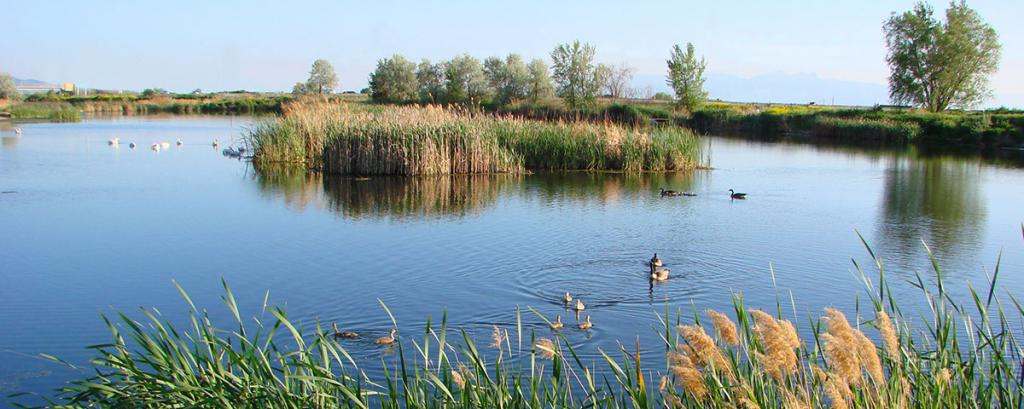There is no unambiguous definition of the term “land”. Different sources give different interpretations. This definition is most often found: land is a territory involved in human economic activity and generating income. Similar lands are identified by their location, area and boundaries. The lands do not include territories of settlements, industrial facilities, nature reserves and national parks, military units, as well as recreation areas, places of extraction of minerals, if they are not located on the territory of agricultural and other lands. Their area may be different.
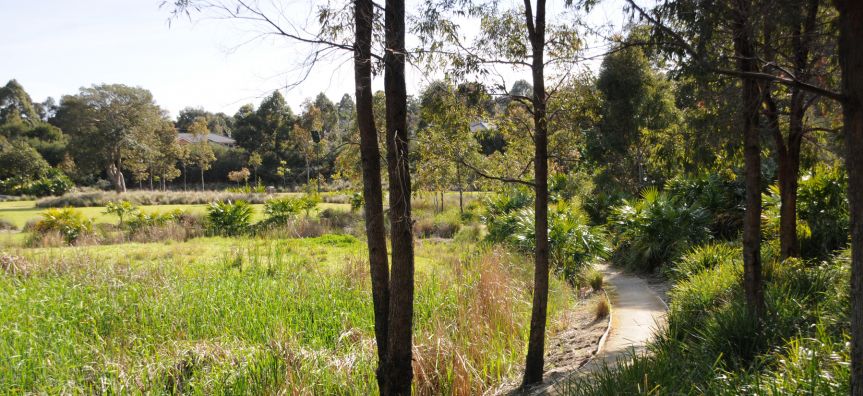
The lands can be agricultural, hunting, water and so on. They also include ponds, barns, sheds and other similar objects located in the same territory.
Agricultural grounds
Agricultural land is land suitable for cultivation and used to produce agricultural products. The quality of such lands depends on the climatic features of the area, the characteristics of the soil cover, the rationality of agriculture. Well-groomed and giving high yields of farmland can be found, for example, in the countries of Western and Central Europe: Poland, Germany, Great Britain, France.
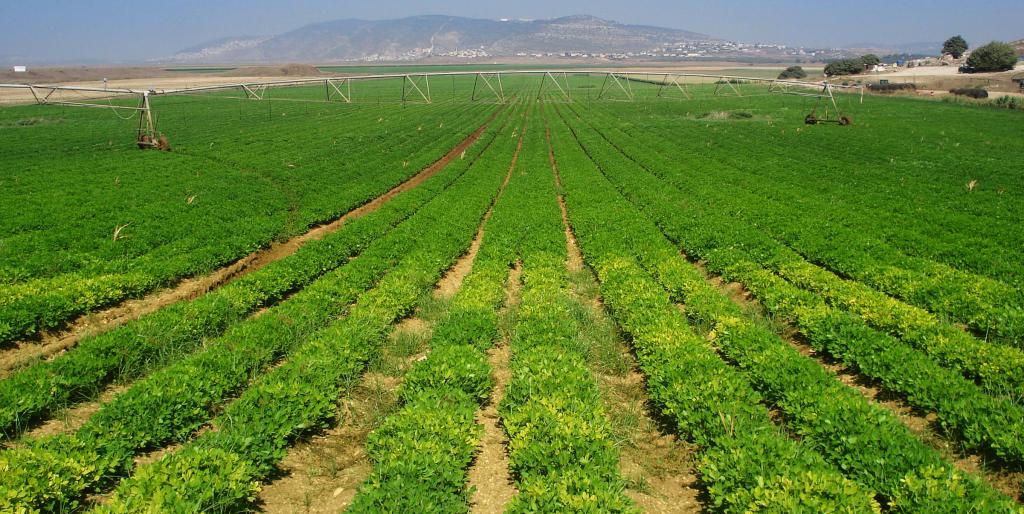
Poor quality public land producing poor crops is usually associated with stony, low-humid soils with low humus content, saline lands, poor agricultural practices and adverse climatic conditions.
According to the quality of land and the value of farmland are divided into the following types:
- minimum quality;
- Low quality;
- medium quality;
- good quality;
- excellent (high) quality.
This or that economic activity is carried out on agricultural land: growing crops, grazing cattle, harvesting hay, burning stubble, and so on. In some cases, the land is allowed to "rest" and for some time agricultural work in this area is stopped. Then, after a few years, the land is again plowed and sown. Such sites are called deposits.
Types of agricultural land
The most common types of land:
- arable land;
- plantings;
- fallow lands;
- pastures;
- hayfields.
Arable land forms the strategic basis of agriculture in many countries. Usually they are characterized by a high content of humus in the soil, fertility; have a flat or leveled surface, which provides better soil moisture and minimizes erosion. Arable land is the most modified, most man-made type of agricultural landscape. Every year, fertilizers are applied to them, and often also pesticides and herbicides.
From a great height, arable lands resemble mosaics. Each field has clear boundaries and is often separated from the other by forest belts.
On arable land cultivated crops, forage grasses.
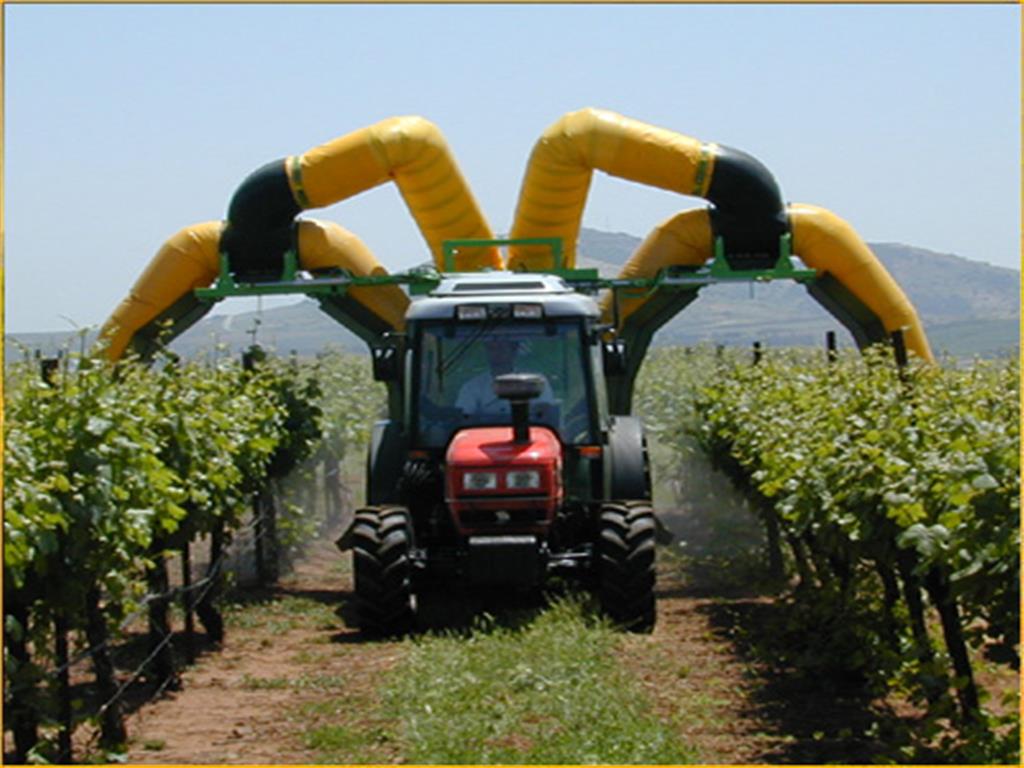
Plantings are plantings of perennials for various purposes. It can be vineyards, orchards, plantations of trees, perennial grasses, shrubs, tea, flowers and other plants. Many of them also require fertile soils and undergo systematic processing, often manual.
Land and pasture land
Fallow lands are formed upon the temporary cessation of agricultural activity at a given site. This is usually done for several years or a little more in order to increase soil fertility and get rid of the most malicious weeds (the so-called pioneer species).
The fallow lands approach natural areas, but have a different species composition and poorer soil.
Pastures are mainly used for grazing pets. Pasture lands differ from natural pastures in that animals are grazed systematically and in a certain area, most often surrounded by other agricultural lands. Often grassland is more manicured than natural grassland.
The most anthropogenic form of pastures is cultivated pastures, on which the state and species composition of grass cover is controlled, fertilizers are applied, grasses are planted, and often irrigated. Animals are grazed in certain portions.
Haymaking is used to produce hay, which goes to feed livestock. They are clean, swampy, jellied, upland, dotted, forested, etc.
Hunting grounds
In our country, this is one of the most common types of land. Publicly accessible hunting grounds are natural complexes with economic regulation. Often they are also sanctuaries. This is the territory where hunting can be conducted, and the habitat of various animals. Hunting grounds are considered in three aspects: protective, fodder and reproductive.
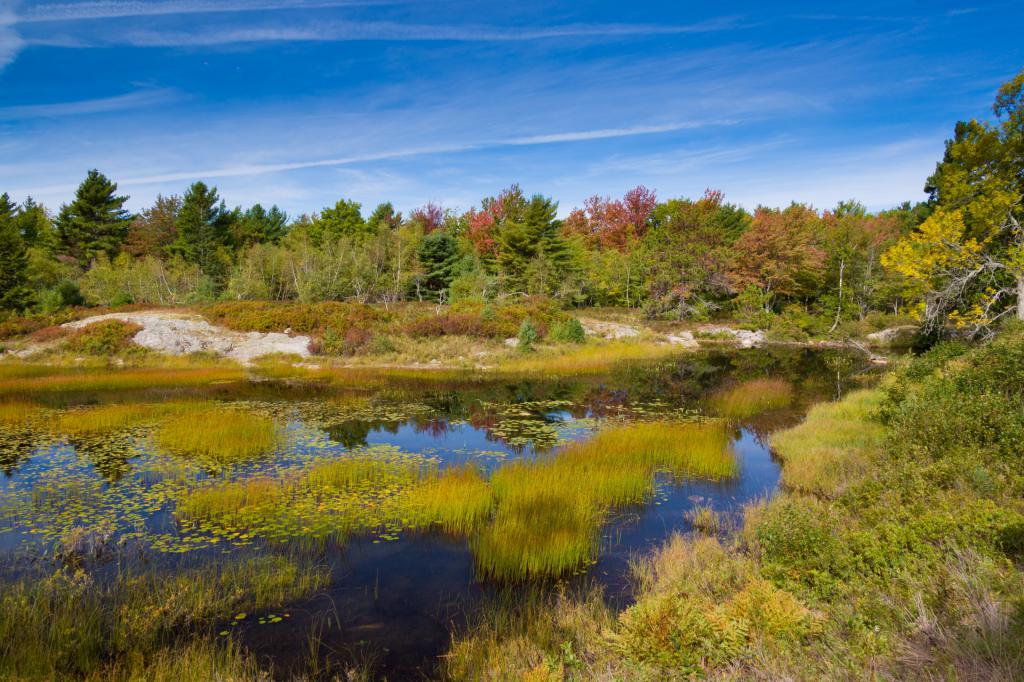
Protective properties are determined by the ability to preserve animals without the direct involvement of humans. Feed - the amount of feed available for animals. Reproductive properties determine the possibilities for breeding animals in a given territory.
Hunting lands are forest, tundra, steppe, marsh, water, alpine.
Forest hunting grounds
In forest hunting and other forest lands, classification is carried out according to the prevailing type of forest: deciduous, mixed, light coniferous, dark coniferous. With further elaboration, they are classified according to the dominant species: spruce forests, birch forests, cedar forests, larch forests, aspen forests, pine forests, fir forests, beech fir forests and many others.
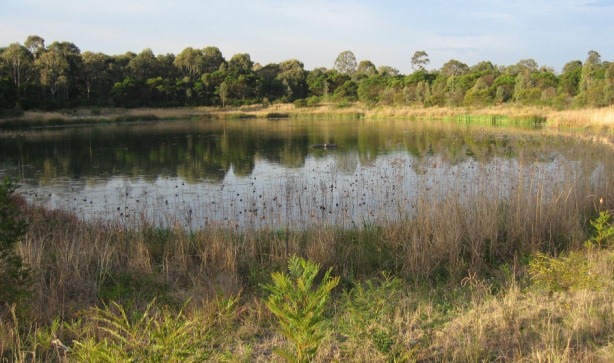
Conclusion
Thus, lands are lands systematically used by man for various economic purposes, except for construction, industry, military affairs and recreation. Most often found agricultural land. However, there is no clear distinction between lands and other lands, and different authors present it a little in their own way. Therefore, any definition of the concept of "land" cannot be absolutely accurate and comprehensive.
Fish are caught in water areas, game and fur are hunted in hunting areas, berries, mushrooms, medicinal plants are picked in forests, etc .; on agricultural land, grasses, vegetables, crops, grapes, fruit trees, shrubs, medicinal herbs, mushrooms are grown, or systematic grazing or haying is carried out.
